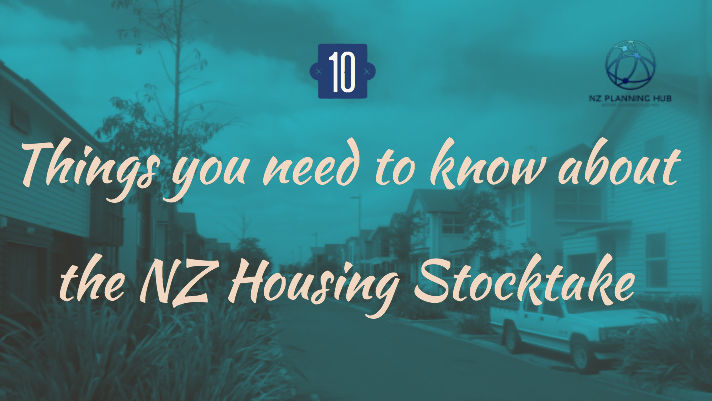Why Do We Travel Like There is No Tomorrow?
- Angela Goodwin

- Apr 16, 2018
- 2 min read
Why do we travel like there’s no tomorrow?
Rathee Dewi Siva | Ph.D. Candidate, University of Waikato
The Ministry of Transport has recently conducted the Household travel survey with the aim to understand how, when and why New Zealanders travel. The survey found that New Zealanders spend an average of 1 hour per day travelling. The survey also found that private car is their predominant mode of choice. However, what interests me is that there is still a number of people who choose not to use cars for travelling. This group people have been shown to use public transport (bus or train), bicycle, or walk. For instance, Wellington has the highest public transport use rate while Christchurch has the highest cycling rate. Therefore, in my study, I not only want to understand why New Zealanders use private cars to travel but to also understand why people choose to use various modes.
Previous research on mode choice and travel behaviour have found that there are various factors influencing mode choice. These factors vary according to the researchers’ area of expertise. For example, economists suggest that people make mode choices by first analysing the cost and benefits associated with each mode and choose the mode that results in a maximum benefit at a minimum cost. Cognitive psychologists suggest that people make mode choices based on their habits, intentions, attitudes, and norms towards using the modes. Behavioural psychologists associate mode choice with previous use where, if using a mode resulted in a positive experience, the mode will be continuously used in the future and, vice versa for modes resulting in a negative experience. On the other hand, transport geographers suggest that people choose modes based on the built of their residential/commute environment (e.g. rural, suburban, and urban). Other researchers have also suggested that peoples’ mode choices are also driven by the socio-demographic characteristics (e.g. gender, age, household size, employment, socio-economic status and etc.)
Thus, there are various factors influencing mode choice and I aim to understand which of these factors influence mode choice of New Zealanders and whether there is more than one factor that influences their decisions. I hope to achieve this in the first part of my Ph.D. study. The first part involves a questionnaire measuring different factors influencing mode choice, as found in previous studies. I would like to encourage anyone to take part in this study. The findings of the study will be used for extensive data analyses and included in any publications that come from my Ph.D. thesis.
Please click the link: http://bit.ly/modechoice or scan the QR code (on the poster) with your smart devices which will take you directly to the questionnaire. By doing this, you are helping me to understand why New Zealanders travel using different modes.





Comments